
The art of science demonstration
Seeing is believing: although hands-on practical work is incredibly important, the value of an engaging demonstration should not be overlooked.…

Turning the tide: celebrate World Oceans Day in your classroom with ocean articles spanning the breadth of STEM subjects, from biology to physics.
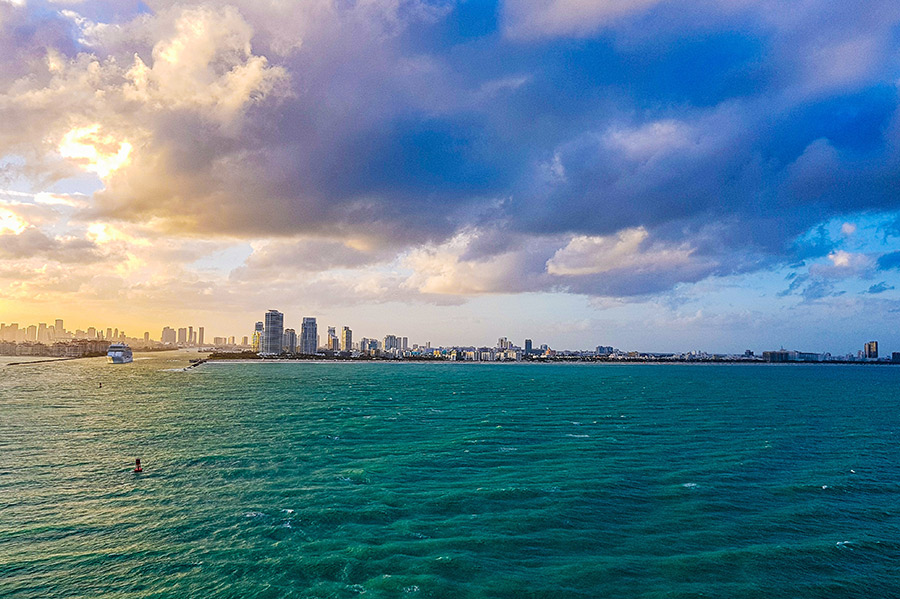
Every year, on 8 June, the United Nations celebrates World Oceans Day to raise awareness of how much we rely on the oceans and how we need to protect them. The theme this year is Planet Ocean: Tides are Changing, with a focus on putting the ocean first. To support you in bringing the ocean into your science classes, we’ve put together a collection of ocean-related Science in School articles, with resources, engaging activities, and interesting discussions.
Target age: 11–19
Subjects: Biology, Chemistry, Earth Science, Technology
Understanding our relationship with oceans is vital to preserving them. The European Atlas of the Seas is an interactive tool – available in 24 languages – that provides various map layers showing data from Europe’s marine and coastal regions. Students can learn to use maps and to extract, analyze and present data, as well as learning about how the ocean underpins a range of important services and how human activities affect the health of the oceans. There is also a Teachers Corner that includes ready-to-use map-based exercises and fun activities such as a treasure hunt and virtual boat races.
Pick your map(s) and start exploring!
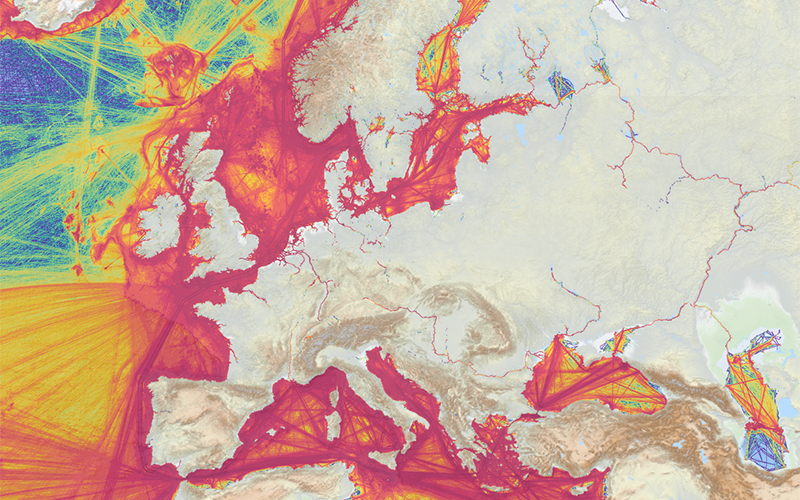
Target age: 16–19
Subjects: Chemistry, Earth science, Physics
The ocean’s profound impact on our climate also means that it plays a complicated role in climate change. Use this article to start a discussion on ocean-generated compounds and the ocean’s role as a carbon dioxide and heat sink. You can also use this article to introduce (or conclude) the teaching activities presented below about ocean acidification and rising sea levels.
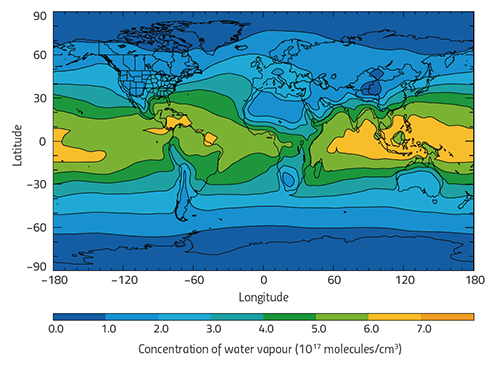
Target age: 11–16
Subject: Earth science, Physics
The close relationship between humans and the ocean is at the heart of the ocean literacy (OL) movement. The ocean shapes life on Earth in ways many people don’t even realise, and it affects all of us, even if we live far from the coast. Furthermore, human activities, even when they take place far inland, can have a huge impact on the ocean. These classroom activities help students explore the first three principles of OL:
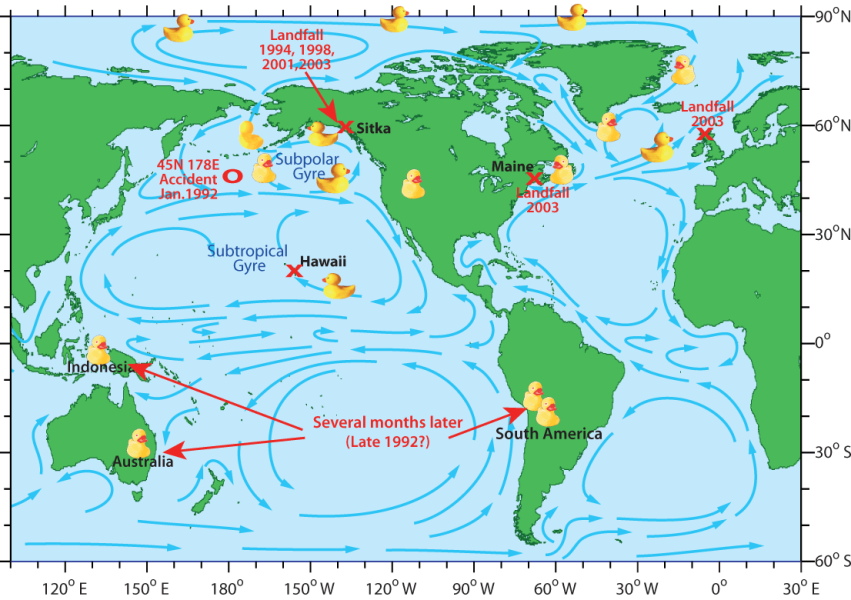
Target age: 11–19
Subject: Chemistry
It is well known that anthropogenic carbon dioxide in the atmosphere acts as a greenhouse gas and contributes to global heating. However, it is perhaps less known that higher atmospheric carbon dioxide concentrations also lead to ocean acidification.
These experiments illustrate the chemistry behind ocean acidification and link this important issue to the curriculum topics of acids and bases, pH, chemical equations, equilibria, and precipitation reactions.
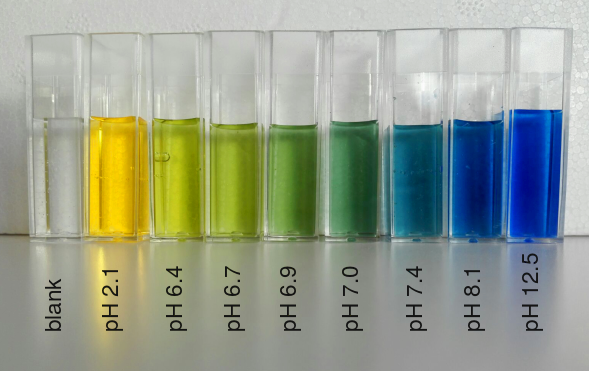
Target age: 11–16
Subjects: Earth science, Physics
When we think of rising sea levels, we associate it with melting ice caps. This is indeed one of the causes, but not the only one. It is often forgotten that water expands, that is, its volume increases, with rising temperature.
With these activities, you can teach your students about thermal expansion and link it to rising sea levels.

Target age: 8–16
Subject: Biology
Evoking a sense of wonder can be a powerful way to engage students on a topic, and learning about weird and wonderful sea creatures is a great way to spark interest in ocean life. Furthermore, dissections allow students to explore with multiple senses. Squid are particularly fascinating, with their alien looks and unusual physiology. Did you know that they have donut-shaped brains and three hearts?
This hands-on (literally) activity can be linked to numerous physiology topics, including senses, eyes/vision, and adaptations to the environment.
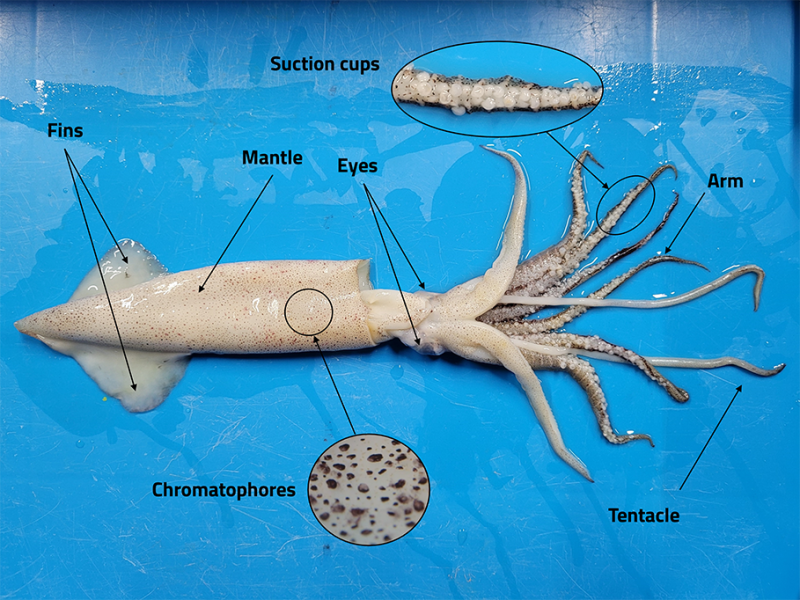
Target age: 11–19
Subjects: Earth science, Physics
The movement and separation of water in the oceans in layers and currents has a huge impact on both marine ecosystems and the weather and even climate on land, so understanding how these work is vitally important. While some of the contributing factors are very complex, others are based on school-level physics.
With these experiments, you can use simple water tanks to explore density, stratification and internal waves, and learn about how these phenomena influence the behaviour of the oceans.
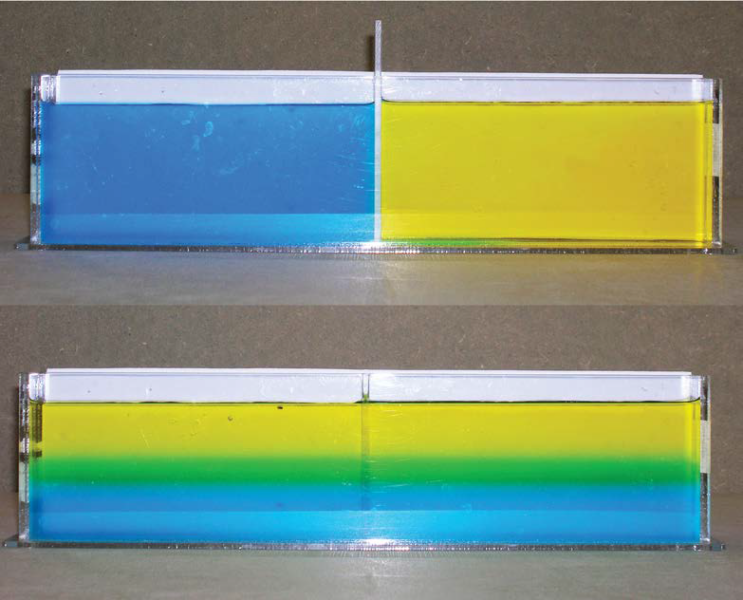
The complex interplay between humans and the ocean and the vital importance of oceans to humanity can be difficult to communicate, especially if you live far from the coast. We hope that these articles will help you to tackle this crucial topic with students of all ages and across multiple subjects.
In addition, you can register for free to attend the United Nations World Oceans Day 2023 virtual event Planet Ocean: Tides Are Changing, on Thursday, 8 June. The event, starting at 4 pm CEST, will have interesting discussions, multiple perspectives and even a message from the international space station! You can also find educational resources on the UN World Oceans Day website, as well as a calendar of international events relating to World Oceans Day.

Seeing is believing: although hands-on practical work is incredibly important, the value of an engaging demonstration should not be overlooked.…

Explore the science behind some of the SDGs and the key role science has to play in our efforts towards achieving…
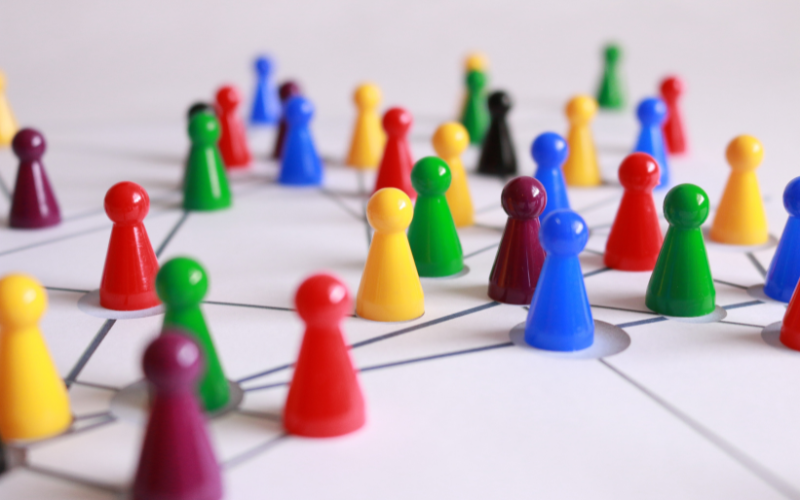
Can social media be a useful resource for teachers? We think so. Read on for some tips on getting involved and finding inspiring STEM education…